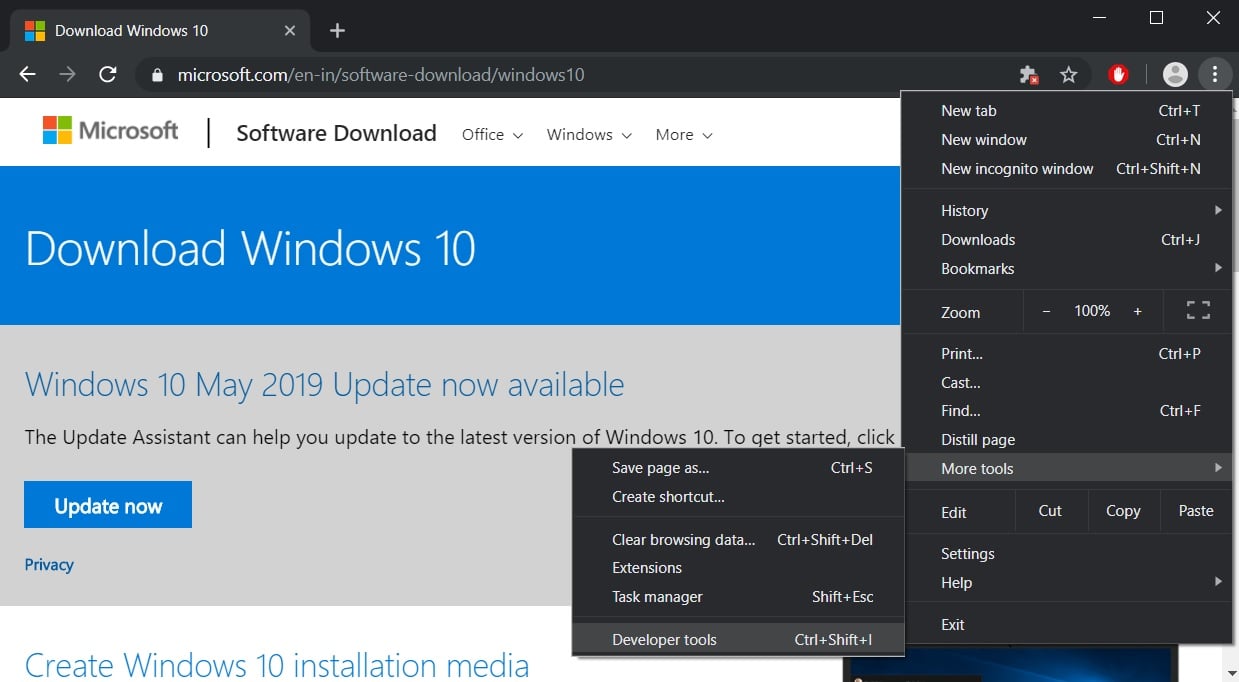


- #Download windows 10 iso file how to
- #Download windows 10 iso file install
- #Download windows 10 iso file software
Under the Boot selection section, click the SELECT drop-down and select DOWNLOAD option. Under the Device section, select the USB flash drive. Download the latest version of the Rufus utility from this page. To download and create a Windows 10 UEFI bootable USB flash drive using Rufus, do the following:. The latest version of Rufus lets you download and create a bootable USB flash drive with UEFI support. If you prefer to use a third-party freeware tool, then Rufus is the best option for you.
#Download windows 10 iso file how to
How to download and create a Windows 10 UEFI bootable USB flash drive using Rufus? Once the above-mentioned steps are completed, the tool will start downloading the required files from the Microsoft servers, and it’ll create a bootable USB flash drive with support for UEFI and BIOS. Select the USB flash drive option (depending upon the selection, it may require up to 16GB of free space on the hard disk). Once you have selected the correct options, click the Next button. This post will go through the steps, including downloading and installing the latest version of Windows 10 20H2.
#Download windows 10 iso file install
Hence, if you plan to install a fresh copy of Windows 10, it is better to download an updated version of Windows 10 from the Microsoft store. This week Microsoft has updated Windows 10 to the 20H2 version.
#Download windows 10 iso file software
You can either use the Microsoft Media Creation Tool to download the files onto removable storage with support for both firmware types (UEFI and legacy BIOS) or use a third-party tool, Rufus.īoth of the software allows downloading the latest Windows 10 ISO file directly from the Microsoft server. On Windows 10, you can use two methods to create bootable media to install the OS from USB on a UEFI-based computer. If you have a computer that features a UEFI (Unified Extensible Firmware Interface) BIOS, instead of the legacy Basic Input/Output System (BIOS), you have to be more careful to choose the appropriate media for the motherboard firmware type. It can handle a lot of data on a small USB disk. USB flash drive is also useful when it comes to storage. You can find it by searching for "partitions" and clicking the top result.If you plan to install a fresh copy of Windows 10 on your computer, it is better to create a bootable USB flash drive. Please note that you will be erasing all the data on it.ġ2. To solve this problem and create a USB Flash drive that can both hold your files and boot on a Secure Boot-enabled PC, follow these steps.ġ1. The problem with an NTFS drive is that you'd have to disable Secure Boot (in your BIOS) in order to boot from it and Windows 11 requires Secure Boot so the installer may tell you that you're not meeting the requirements. One thing that makes this process tricky is that, if you use a popular Flash drive "burning" program such as Rufus, it will create an NTFS-formatted boot drive, because the main installation file is more than 4GB and therefore cannot live on a FAT32 partition. For that, you'll need an empty USB Flash drive that's at least 8GB. Unless you're just installing Windows 11 onto a virtual machine, in which case you can skip to step 19, you will need to create a bootable Windows 11 install disk from the data in your Windows 11 ISO file. Making a Bootable Windows 11 Install Disk The ISO file it creates will allow you to install Windows 11, even if you don't have TPM.


 0 kommentar(er)
0 kommentar(er)
